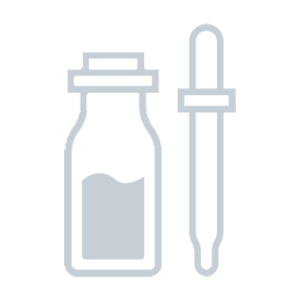Comparison between Redken Extreme Strengthening Shampoo vs. Pureology Hydrate Shampoo
Find out which product is better for your skin.
Ingredients in both products 17
Components only in Redken Extreme Strengthening Shampoo 17
Sodium Laureth Sulfate, Coco-Betaine, Dimethicone, Cocamide Mipa, Hexylene Glycol and 12 more. Show all.
Uniqueness: 50.0%
Components only in Pureology Hydrate Shampoo 49
Sodium Cocoyl Isethionate, Disodium Laureth Sulfosuccinate, Sodium Lauryl Sulfoacetate, Sodium Lauroyl Sarcosinate, Cocamidopropyl Betaine and 44 more. Show all.
Uniqueness: 74.2%
Face to Face
Components position by position
1
Water
1
Water
2
Sodium Laureth Sulfate
2
Sodium Cocoyl Isethionate
3
Coco-Betaine
3
Disodium Laureth Sulfosuccinate
4
Glycol Distearate
4
Sodium Lauryl Sulfoacetate
5
Sodium Chloride
5
Sodium Lauroyl Sarcosinate
6
Dimethicone
6
Cocamidopropyl Betaine
7
Fragrance
7
Glycol Distearate
8
Cocamide Mipa
8
Glycereth-26
Show others
Positive Effects
Find out what good effects the product has
Both products provide the following effects: Antioxidant, Moisturizing, Cleansing, Acne fighting, Softening, Soothing, Anti-aging, Lightening, Lifting, Elasticity improvement, Rejuvenation, Antifungal, Antiseptic, Regeneration, Protection, Hair conditioning, Hair strengthening, Hair structure improvement, Hair volumizing, Hair gloss, Hair protection, Hair growth stimulating
Effects unique for Extreme Strengthening Shampoo:
HealingEffects unique for Hydrate Shampoo:
UV Protection, Antistatic, Nutrifying, Anesthetic, Deodorant, Anticellulite, Antiviral, Tones up skin, Anti dandruff-- Show more --
ECO Metrics
Find out how eco-friendly the components are
Vegan
No
No
Cruelty free
No
No
Reef safe
Yes
Yes
Ozone layer safe
Yes
Yes
Organic score
natural
7 out of 34
21%
chemical
26 out of 34
76%
natural
16 out of 66
24%
chemical
45 out of 66
68%
Concerns
Pay attention to this information
-- Extra information --
Components by Skin Type
Find out what components are good or bad for your skin type
Dry skin
Positive: 1Negative: 1
Propylene Glycol#21Sodium Laureth Sulfate#2
Oily skin
Positive: 1Negative: 0
Salicylic Acid#11
Sensitive skin
Positive: 0Negative: 5
Salicylic Acid#11Benzyl Benzoate#19Limonene#22Linalool#27Citric Acid#34
Dry skin
Positive: 5Negative: 0
Propylene Glycol#19Glycerin#26Ascorbic Acid (Vitamin C)#55Butylene Glycol#56Tocopherol#63
Oily skin
Positive: 2Negative: 0
Salicylic Acid#37Camellia Sinensis (Green Tea) Leaf Extract#58
Sensitive skin
Positive: 0Negative: 6
Linalool#22Benzoic Acid#24Limonene#27Salicylic Acid#37Isopropyl Alcohol#41Citric Acid#49

